Kenya & Ethiopia: The Lands of Elite Runners

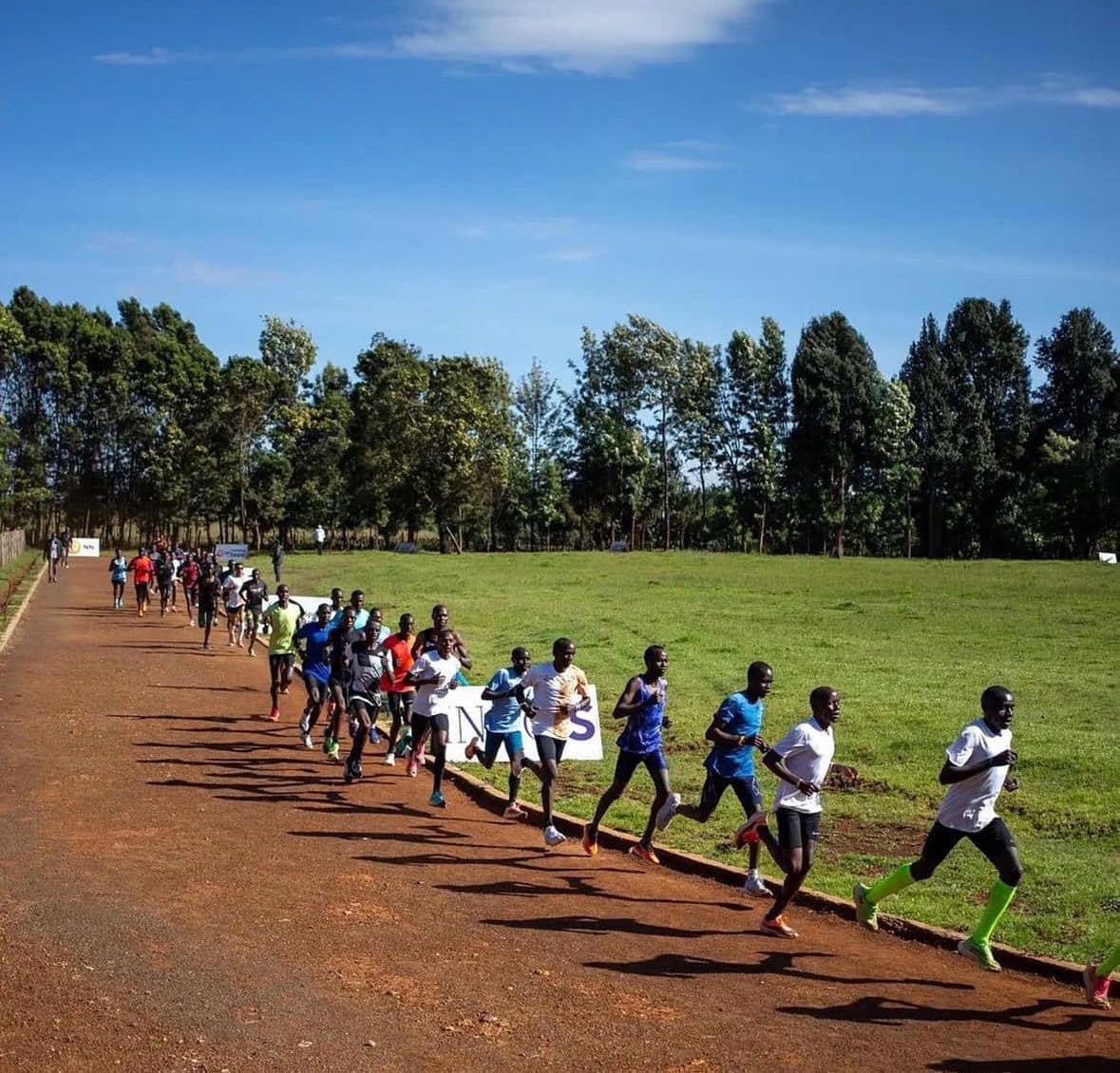

I define myself a very curious and International person. I…
Exploring the Phenomenon and Their Training Camps
Kenya and Ethiopia have long dominated the world of long-distance running. Year after year, athletes from these East African nations consistently clinch top positions in major international marathons, track championships, and cross-country events. Their unparalleled success has sparked global fascination and curiosity.
What makes runners from Kenya and Ethiopia excel? Is it their genetic makeup, cultural heritage, or rigorous training routines?
This article explores the key factors behind their dominance and delves into the unique training camps that shape these elite athletes.
Geography and Altitude: A Natural Advantage
One of the most significant factors contributing to the success of Kenyan and Ethiopian runners is the geography of their homelands. Both countries are home to high-altitude regions where many elite athletes grow up and train. For instance, the Rift Valley in Kenya and the Ethiopian Highlands lie at elevations of 2,000 to 3,000 meters above sea level. Living at high altitudes from a young age means that their bodies naturally adapt to oxygen scarcity, leading to increased red blood cell production and improved cardiovascular efficiency.
When these athletes compete at lower altitudes, their ability to transport oxygen efficiently gives them a physiological edge. Scientific studies have shown that long-term exposure to high altitude can significantly enhance endurance performance, a critical component in long-distance running.
Genetics and Physiology: A Unique Edge
Genetics also plays a role in the dominance of Kenyan and Ethiopian runners. Many of the top Kenyan athletes’ hail from the Kalenjin and Kikuyu tribes, while Ethiopians often belong to the Oromo ethnic group. Studies suggest that individuals from these communities possess certain physiological traits that are advantageous for endurance running. For example, they tend to have slim lower legs, which reduces the energy cost of running.
Furthermore, their natural biomechanics and efficiency in running stride contribute to their remarkable performances. Although genetics alone cannot guarantee success, these physical traits, combined with other factors, provide an edge that many athletes from other regions struggle to match.
Cultural Significance of Running
In both Kenya and Ethiopia, running is more than a sport; it is a way of life. The culture of endurance running is deeply embedded in their societies. Many young athletes see running as a pathway out of poverty, inspired by the success stories of champions like Eliud Kipchoge, Haile Gebrselassie, and Tirunesh Dibaba. These role models have not only achieved global fame but have also transformed their lives and communities through their achievements.
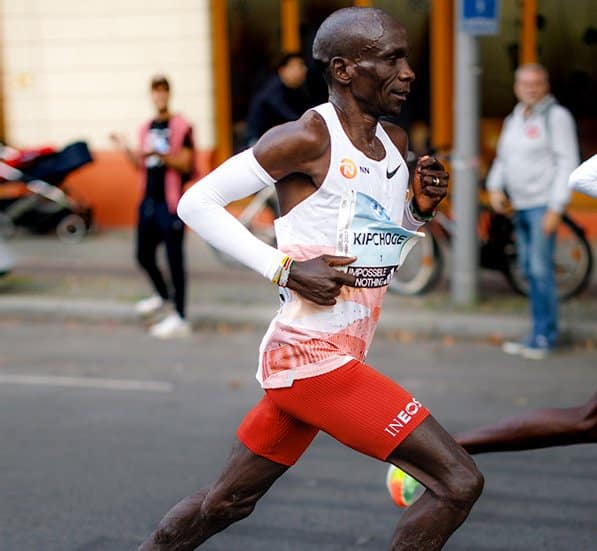
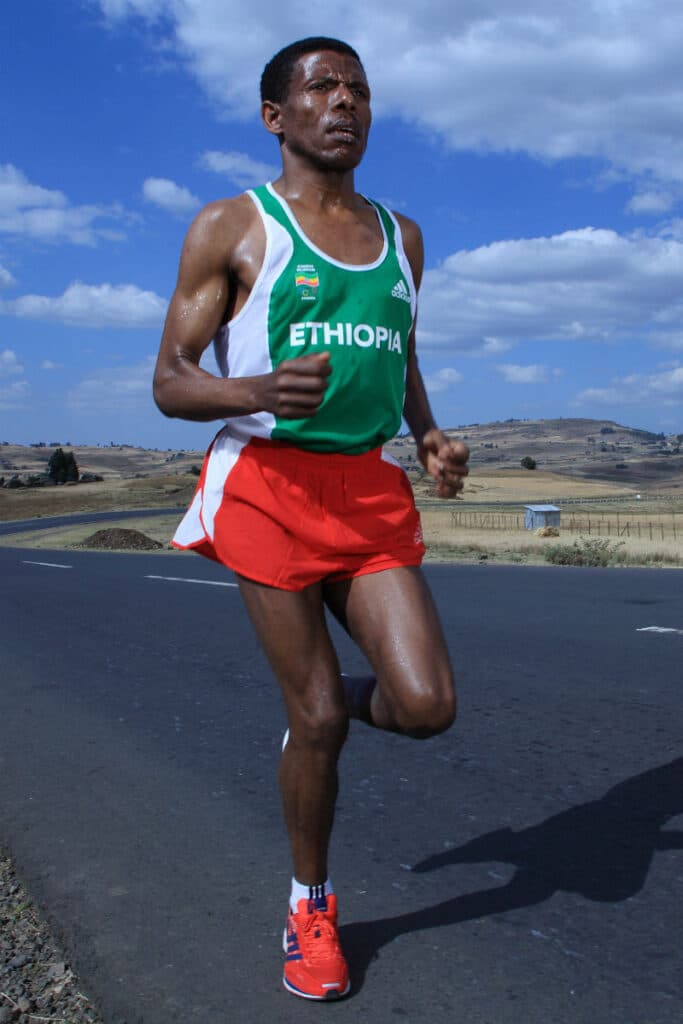

Children in rural visited areas, during this travel, often grow up running long distances to school, which serves as an informal introduction to endurance training. By the time they decide to pursue professional running, they already have a strong aerobic foundation. The motivation to succeed, driven by the possibility of changing their socioeconomic circumstances, pushes these athletes to train with unwavering determination.
Rigorous Training Camps & Coaches: The Crucibles of Champions
The training camps in Kenya and Ethiopia are legendary for their discipline, intensity, and focus. These camps serve as the breeding ground for some of the world’s most elite runners. Most renowned training hubs are Iten, and Ngong Hills iin Kenya and Sululta in Ethiopia.
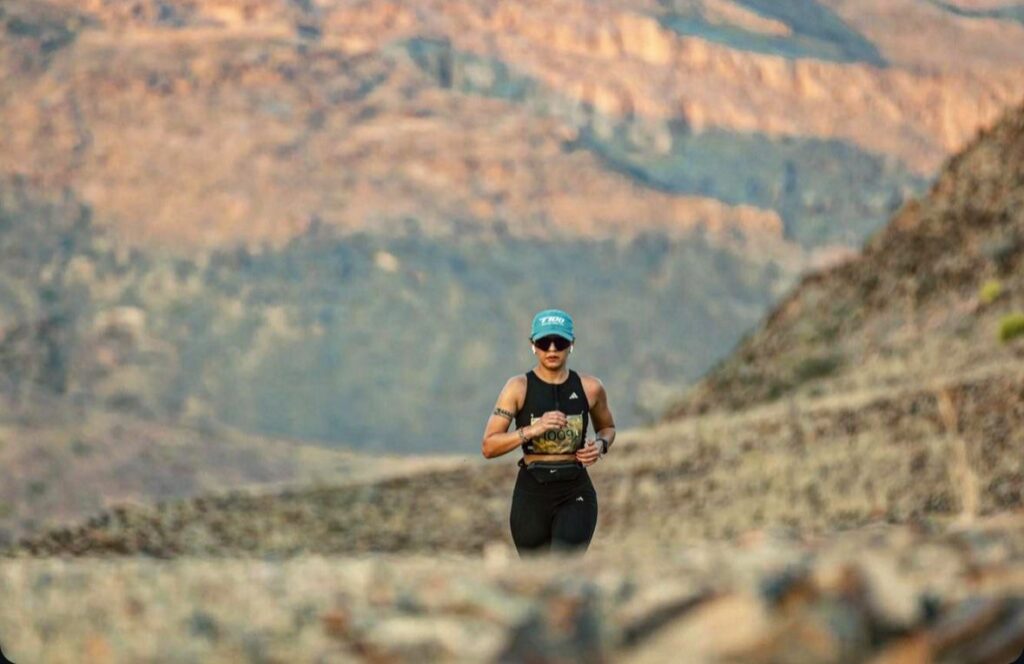

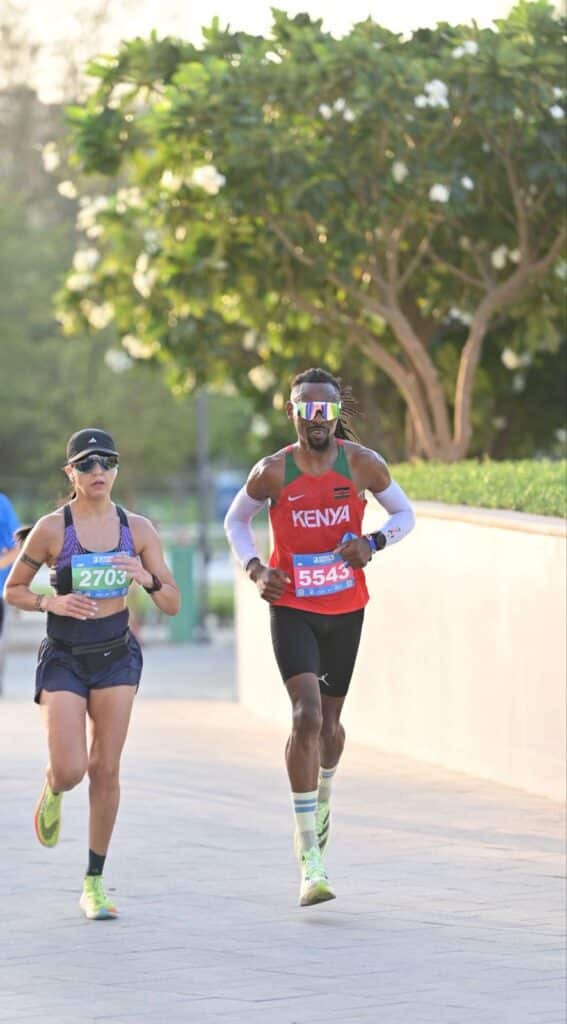
Sonia entraining in both Kenya & Ethiopia, And Alongside Bernard Mungai Kirogoi, SWARA Club International Elite Running Coach; Image Source: Sonia Haboub
The success of Kenyan and Ethiopian runners would not be possible without the guidance of experienced coaches and mentors. In fact, they play pivotal roles in nurturing talent. These coaches, like Bernard Mungai Kirogoi, SWARA Club International Elite Running Coach understand the unique needs of their athletes, tailoring training programs to optimize performance while minimizing the risk of injury.
Mentorship extends beyond physical training. Many athletes receive guidance on managing their careers, balancing fame, and staying grounded despite international success. This holistic approach ensures that they not only excel on the track but also lead fulfilling lives off it.
Challenges and Future Outlook
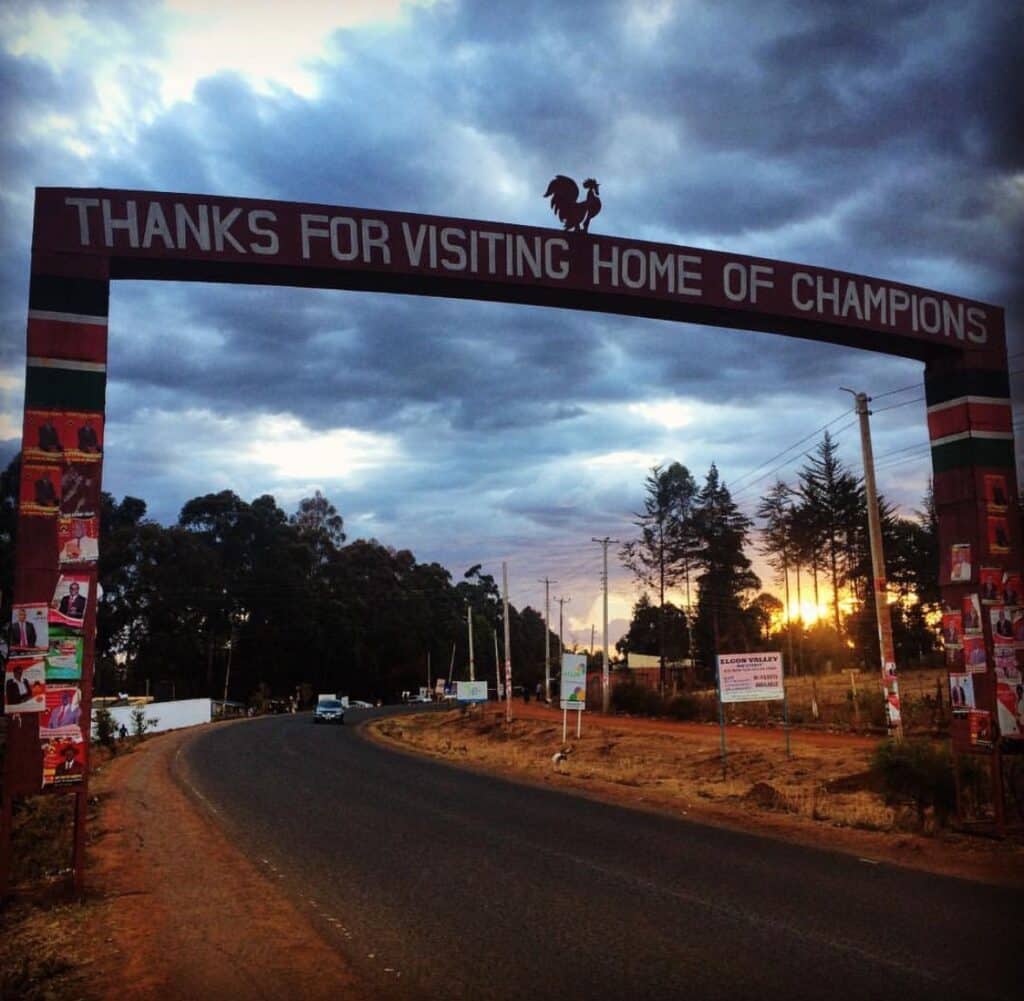
Running Track, Kenya; Image Source: Sonia Haboub
While Kenyan and Ethiopian runners continue to dominate, they face challenges such as increasing competition from other nations, rising cases of doping, and the commercialization of athletics. However, their resilience, coupled with the enduring legacy of their training systems, suggests that they will remain at the forefront of long-distance running for years to come.
The dominance of Kenyan and Ethiopian runners is a testament to the perfect convergence of geography, genetics, culture, and rigorous training. Their success is not accidental but the result of generations of dedication, hard work, and an unyielding spirit. As the world continues to marvel at their achievements, it is clear that the training camps, like the ones offered by SWARA Elite Running & Wellness Club in Kenya (Iten, Ngong Hills) and Ethiopia (Sululta), and similar locations will remain the crucibles where the next generation of champions is forged.
What's Your Reaction?

I define myself a very curious and International person. I have been living, studying, working and traveling in 95 different countries for the last 14 years. That experience helped me develop an international mindset both professionally and personally. I have worked in Marketing/Communication and Business development positions in the Fashion and Luxury industry as well as in other three industries before landing as a PhD Professor and Marketing content creator on my social medias page. That helped me to became much more agile in connecting and developing projects, ideas and give innovative solutions while keep evolving and adapting to new situations. I am also an Athlete and a Runner. I have always been in the sports field since I was 3 years old. Today I compete in the GCC region weekly and abroad monthly. Traveling is one of my hidden passions and it has always been a family tradition, yet also a true and life changing therapy. Growing up in a multicultural family in a stunning landscape in the Italian Alps, I’ve always been attracted to other cultures and amazing natural Earth wonders. I’ve always been a very curious person who loves and enjoys the everyday challenges. This, enhances even more during my travels. I often get the question: “What was your favorite country to travel or live in?” Or “Where are you from?” To be honest, after being in so many countries and speaking 8 languages, I consider myself a World Citizen.



